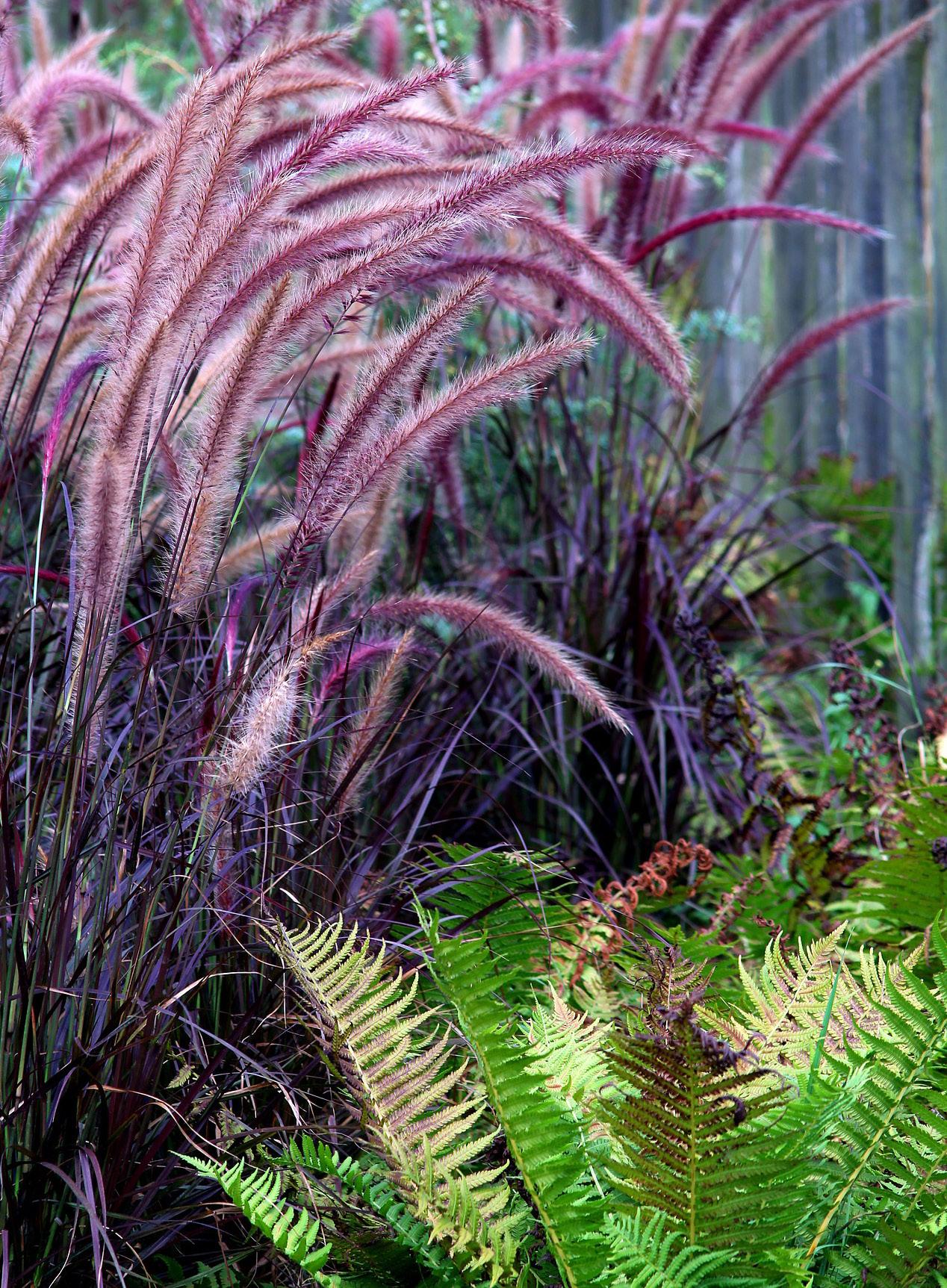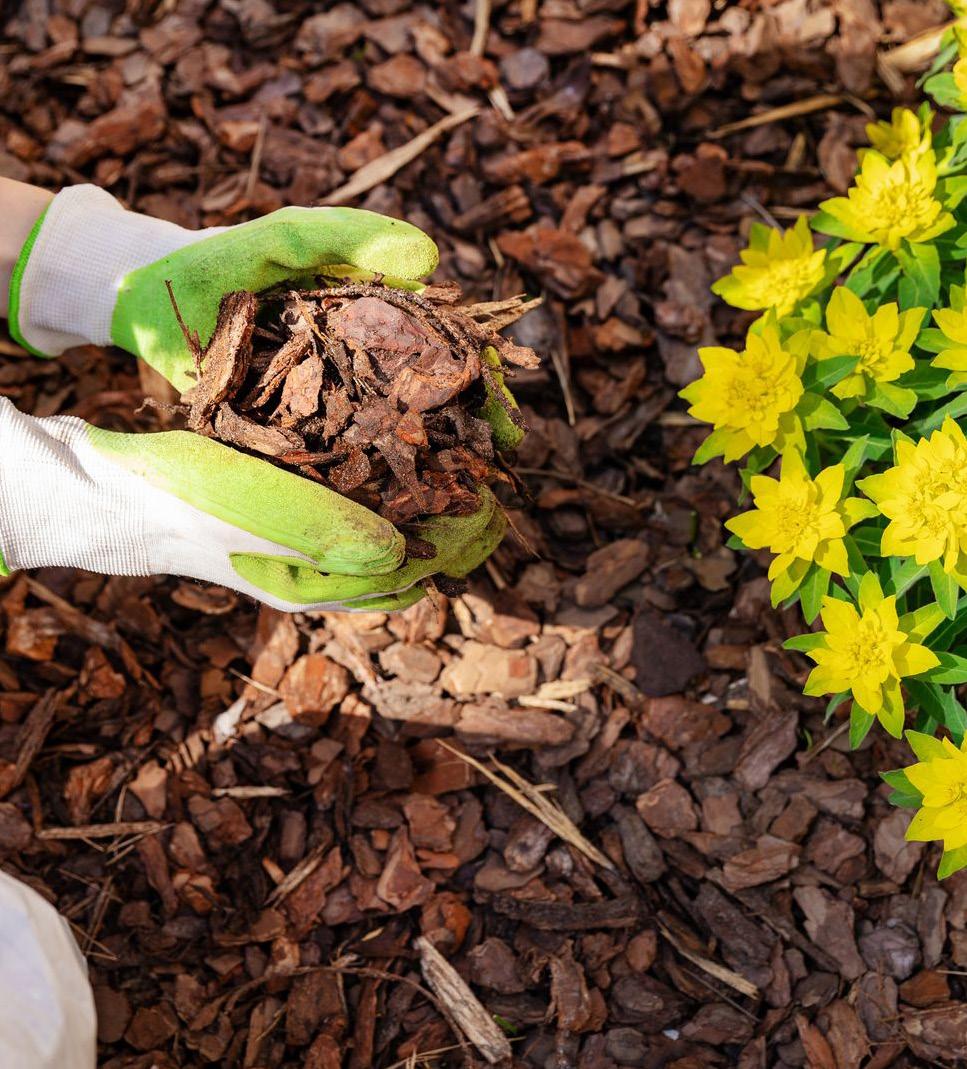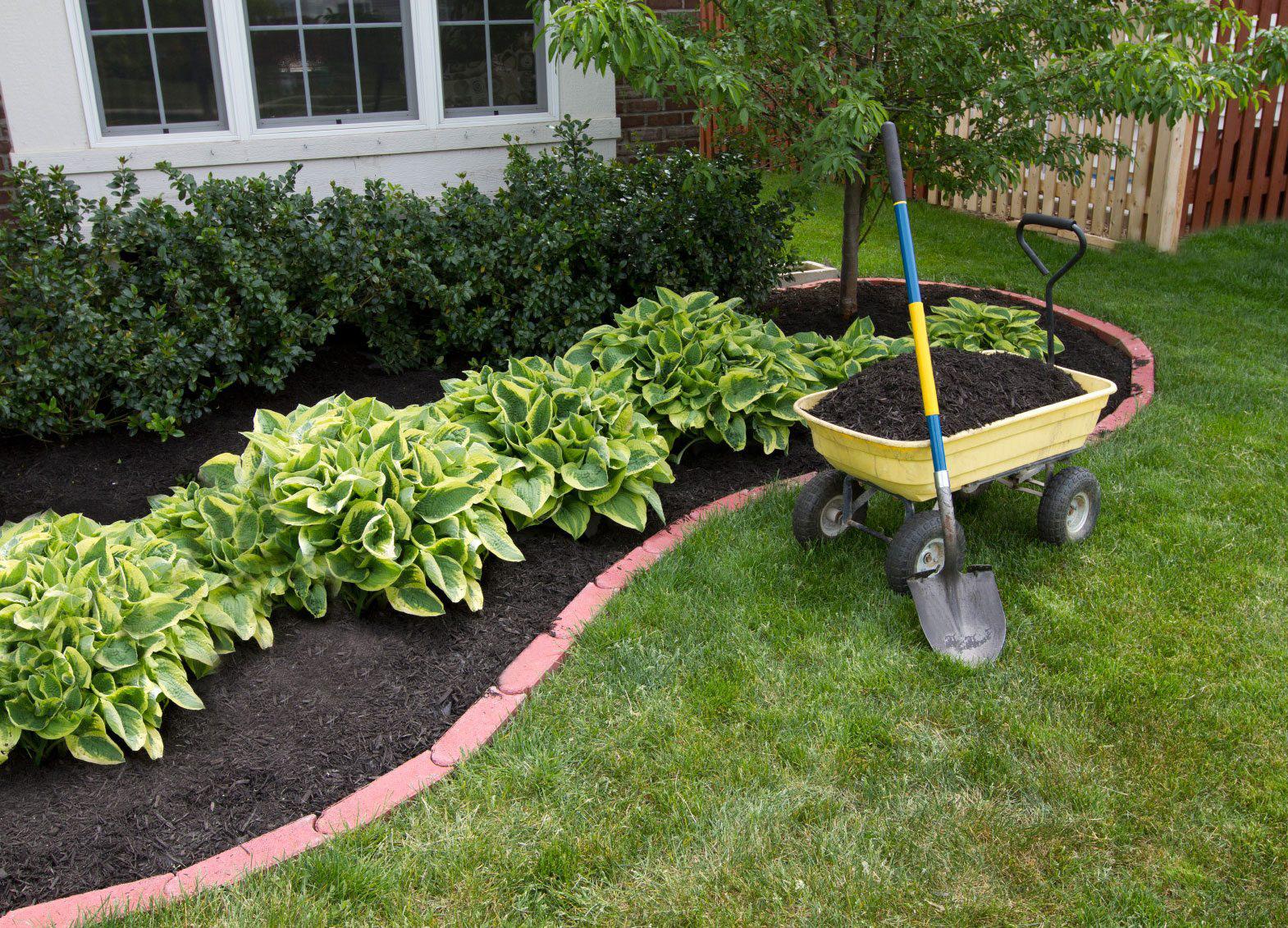
14 minute read
FROM THE ESTATE MANAGER
from the
Estate Manager’s Desk
Warm greetings once again to all of our residents from the HOA office. In recent weeks we have seen the return of the dreaded loadshedding which is something that has almost become a way of living for most of us by now (and it doesn’t look as if this will be changing anytime soon).
Harnessing the power of the sun is therefore fast becoming an alternative source of energy in South Africa with its abundance of sunshine and The Hills is no exception. We are seeing more and more property owners who are opting for solar installations at their premises which is something that we encourage as a contribution towards the more sustainable consumption of electricity and as it allows our residents to enjoy an uninterrupted power supply at their homes. We do, however, need to ensure compliance with proper installation standards to prevent damage to the electrical network and related equipment as well as the possible risk of injury to the persons performing regular maintenance on the grid (this unfortunately happened in the estate previously when a prepaid meter was replaced and the solar installation did not “island” but continued to feed back energy into the grid even when the electricity supply was switched off).
The following photo-voltaic solar installations have both been approved for use at our estate:
1. Solar systems that provide electricity to the internal house electrical network (a socalled stand-alone system).
2. Solar systems that are connected to the electricity distribution network of The Hills (a grid-tied system).
As far as the tariffs are concerned, the import consumption of all solar installations will be measured according to ESKOM’s Homeflex Time-of-Use tariff and in the case of electricity export to the HOA grid, the ESKOM Megaflex Time-of-Use tariff will apply. The connection is managed on a monthly nett energy basis which simply means that export kWh may not exceed the import kWh.
There also seems to be some uncertainty among our residents as to the process they need to follow in getting approval for such an installation which is quite simple. Approval of all new and existing solar installations can be applied for from Reticulated Network Management (RNM), the estate’s electrical service provider.
The approval process entails the following:
• Completion and submission of the applicable application and commissioning forms together with the relevant supporting documentation which includes a Certificate of Compliance signed off by a registered electrical engineer (the installation must comply with the relevant requirements as stipulated by SANS10142).
• An on-site inspection will be undertaken by RNM to inspect the installation and to ensure such compliance.
• The issuing of formal approval of the installation to the owner.
You are most welcome to contact either RNM or the HOA office should you require any information or assistance with regards to this process and we will then provide you with the necessary guidance.
We hope that this sheds some light on how approval for your solar installations is to be obtained and the reasoning behind the implementation of these requirements in the first place but if not, please remember that we are just a phone call away.
With the turning of the season just around the corner, we would like to wish you all a wonderfully pleasant autumn.
Best wishes! Murray Retief
LANZERAC DINING SUITE

PARIS LOUNGE SUITE

WOVEN BEDROOM SUITE


BROADWAY CORNER SOFA



This year is moving swiftly, I can’t believe we are at the start of April and planning special operations for the Easter holiday. We are experiencing colder days now and soon we will see the arrival of a new season.
As mentioned before, access control remains our priority and we are experiencing many challenges, especially because we still have owners and tenants that are not registered on “My Estate Life”.
The “Click-on” system will be switched off soon and those who aren’t registered will experience great difficulty giving access to visitors or service providers. Remember these two systems were never designed to work with each other, therefore we encourage residents to register if they have not yet to avoid frustration in the near future.
We have a few other concerns we wish to address and ask that you will give them your full attention. This is such a beautiful Estate, please adhere to the Estate rules.
• DOGS BARKING.
We know Dogs bark naturally, but the constant barking or whining of a dog can be very disturbing or annoying for your neighbours. This problem often occurs when you are out of the house so you may not realise that there is a problem, if you are aware that your dogs are a nuisance please find a solution, perhaps get a pet safe anti bark collar or let your dog stay at trusted Kennels nearby. We have received numerous complaints regarding this issue and ask your cooperation. Please be reminded of the rules and regulations in the MOI: Domestic animal contemplated to be a continual nuisance. ( 8.1.28 ) First report: Written notice Second report: R1000-00 Third report: R2000-00 Any further reports Removal with cost
We have received complaints of children and young adults gathering on the Estate and making excessive noise, these complaints are mainly coming from the Oval
• REVVING OF VEHICLES is also a problem and we ask that you consider your neighbour when leaving or approaching your home.
• LOUD MUSIC
A certain level of noise is an inescapable part of Estate living and residents accept that they will regularly be subjected to numerous noise sources of various levels. However, there is a point where noise can reach an unacceptable level, we take it very seriously when we receive noise complaints especially when noise becomes unnecessarily intrusive and impacts on our right to enjoy the ordinary comfort and convenience of our homes. According to the Estate rules and regulations stipulated in the MOI excessive noise disturbance can be fined. First Report R500-00 Second Report R2000-00
Repeated Transgression R5000-00 Noise disturbance is a bylaw transgression and the S A Police will be called to assist if needed
• GENERATORS
The HOA agrees that residents may install and use generators on their properties with the following Conditions:
1. Only generators with change-over switches are allowed and not embedded generators other than solar installations. 2. The application form as attached to this letter must be completed for all generator installations. 3. A generator may be installed that will create no more noise than a pool pump (a pool pump,although not really quiet, is something that most people can relate to). A general purpose residential pool pump noise level is 55 to 60 dbs. This noise level is measured at a distance of 7m from the pool pump. 60
Decibels will be the upper limit of what will be allowed. A certificate of compliance containing installed generator’s dB readings issued by a certified generator installer must be handed in to HOA. 4. No portable generators are permitted unless these are of the silent type and adhere to these rules and dB reading certificate for the generator is handed in to HOA. 5. Any electrical alteration to an existing distribution board for generator installation must be inspected by RNM. Cost for electrical connection for each inspection at a premises will be R485.51. Attached inspection request form must be completed and forwarded together with POP. 6. All generators installed must be concealed and not visible from the common property. 7. A homeowner must supply a proposal as to how the generator will be soundproofed and give a commitment that the proposed noise level will be adhered to. 8. All generators installed must be correctly installed by a qualified installer who must
issue a Supplement certificate of compliance to existing certificate of compliance to certify that it has been installed correctly. 9. Exhaust emissions must not affect neighbours or common property. 10.The operating hours permitted is 06h00 to 22h00. 11.Manual operation will be possible but if installed on automatic changeover then a timer must be installed to prevent inconveniencing neighbours outside of operating hours. 12.Be aware of the dangers regarding the installation of a generator where there is already a solar photo-voltaic system installed or a backup / inverter / off-grid system installed and ensure that all equipment is installed and isolated correctly. 13.Should HOA receive complaints that any owner does not comply with above rules and regulations a fine of R5000.00 will be imposed on the perpetrator each time the generator is started.

• CONTRACTORS
Exceeding specified working hours on the Estate without permission will be fined R500-00 per individual Per incident (3.2.1.2) 07H00 to 17H00 Monday till Friday and Saturdays from 08H00 to 13H00.
• SPEEDING
Remains a big concern. The streets within The Hills Game Reserve and Lifestyle Estate are for the use of all residents of the Estate, their visitors, contractors and emergency vehicles and all motorists will be expected to comply with all Road Traffic Act legislation and respect pedestrian and wildlife right of way.
Speed limit of 30 KM/H to be maintained at all times It remains the owners and or tenant’s responsibility to inform guests/ visitors of speed requirements
Security apprehended one man who used his biometric profile and opened the turnstile for domestic workers to enter the Estate. Owners need to inform gardeners and domestics that their profile is loaded on the system. The system is very advanced in detecting multiple entries. All entrance and exit gates have cameras including all turnstiles. No access infringement will be tolerated. Owners remain responsible for their visitors, gardener/ domestic, and service providers.
The last request from our side is the cancelation of gardeners, domestic workers when they no longer work at your stand. The same with contractors registered to do maintenance at a completed stand. We found that owners or tenants do not cancel and then these people enter the Estate freely.
Our Security team remains committed to the Estate’s residents and service providers. Please safe the below numbers for emergencies:
Site Manager: 0768217567 Regional Manager: Tertius Goedhals 082 871 0726 Control room Arcadia: 012 654 9690 Control room The Hills: 082 826 3761 Control room: 012 996 1610
Stay Safe and keep your distance, Oppies

Officer Arthur Makena is nominated for the officer of the month. Officer Makena did on-the-job training to help in the control room. All the duties performed by the control room officer including online intelligence, camera analytics, and fence monitoring. Thank you for your commitment to helping the Estate and our security team during an emergency.
When planning your water-wise garden.

Credit: article written by Plantland
Plantland says the main objective is to create a space that is both attractive yet thrives with minimal water. You can achieve this by planting mainly indigenous plants, although a few water-wise exotics work, too. It is also important to identify which plants are waterwise plants.
Plantland compiled a guide to help you identify water-efficient plants for you to make an informed decision when planning and creating your water-wise garden.
Some of the Characteristics Plantland identified are:
Small or needle-like leaves: The smaller the surface area of the leaf, the less water is lost through evaporation. Examples: rosemary, origanum, thyme
Reduced number of leaves/closing leaves:
Some plants dispense their leaves or have leaves that fold closed when water-stressed to reduce the surface area exposed to direct sunlight. Examples: Karee, acacias.
Grey foliage: The colour grey reflects the sun’s rays away from the plant to keep it cooler, which then reduces water loss through the leaves. Examples: Lavender, artemesias.
Hairy leaves: Hairs on leaves slow down air movement past the stomata, therefore reducing water loss. Examples: Silver tree (Leucadendron argenteum), lamb’s ear, beach salvia (Salviaa Africana-lutea).
Succulents with fleshy leaves: Water is stored in these fleshy leaves to be used by the plant when required. Examples: Crassulas, aloes, echeverias, vygies.
Waxy leaves: A waxy characteristic prevents moisture loss. Examples: Euonymus, kalanchoe, Indian hawthorn
Apart from a water-wise garden, you can also have a water-wise lawn, by just changing some factors of treating your lawn, says Plantland.
Plantland suggests the following hints for cutting back water usages for your lawn:
Harvesting rainwater through your lawn– Shape the lawn area to have a slight hollow in the centre. This ensures minimum use of frequent watering.
Plan a simple shape – Reduce the area covered by the lawn by opting for a simple shape (e.g. a square or rectangle) and avoiding a curvy shape. Avoid using lawns on steep slopes, along fences, and for narrow walkways, as these are difficult to maintain. Choosing the right grass for your rainfall –In our summer-rainfall areas, kikuyu is your best choice. Cynodon dactylon (quick grass, kweek) is indigenous to South Africa and is known to be drought resistant.
Deep soakings of water – this encourages roots to utilise moisture deep in the ground. It’s essential that you irrigate your lawn less frequently but deeply for this reason. If you don’t water deeply, the roots will be concentrated closer to the soil surface and they’ll dry out faster.
Feed organically for long-term results – Organic fertilisers require less water to break down. They also lessen the chance of burning.
Mow often – Grass is weakened when it grows too long between mowing’s.
Another way you can achieve a water wise garden, is with mulching. Mulch is a layer of material that is placed on the surface around plants to enrich and insulate the soil. Why would mulching help save water usage in the garden? Plantland’s answer was simple; Mulching Helps soil retain moisture, which encourages good root growth and this means less-frequent watering is required. By using mulch it lowers the soil temperature, meaning less surface evaporation by the sun.


What plants can be classified as water wise and how do you get a beautiful water wise garden?
Plantland suggests to visit one of their 4 branches, where they have lovely water wise displays of exactly how you can mix different plants and hardware to create a fantasy water wise garden. Plantland has a great variety of water wise plants available. Most of your grass-like groundcover plants are water wise for example your carex series as well as the liriope’s, then gazania, Agapanthus and vygies are also considered water wise.
A quick summary of water wise gardening according to Plantland Garden Centre:
When is the best time to water?
As a general rule, early to mid-morning is the best time to water the garden, as it allows plants sufficient water to get through the heat of the day. Factors such as the temperature, soil and time of day will influence this. And thus the best test is always the finger test – feel the soil to a depth of a few centimetres. Sometimes the soil surface looks dry, but it may still be moist enough further down. You can also use recycled bath and washing water on lawns and gardens.
Mulch to retain moisture:
A thick layer of mulch over all bare soil and around plants (including trees) will retain soil moisture. Apply mulch while soil is moist (for example, after heavy rain or watering). Cover beds and borders with a rich organic mulch, at least 10cm thick.
Size of the lawn:
Reduce the size of your lawn – replace it with hardy ground covers or hard landscaping (brick paving, cobbles, pavers or gravel chips). Alternatively, Let the lawn look after itself.
In times of drought mow your lawn with the mover blades set high, or do not mow it at all. The more grass left on the lawn, the longer it will take to turn yellow. The grass will quickly go green again after the first rains.








